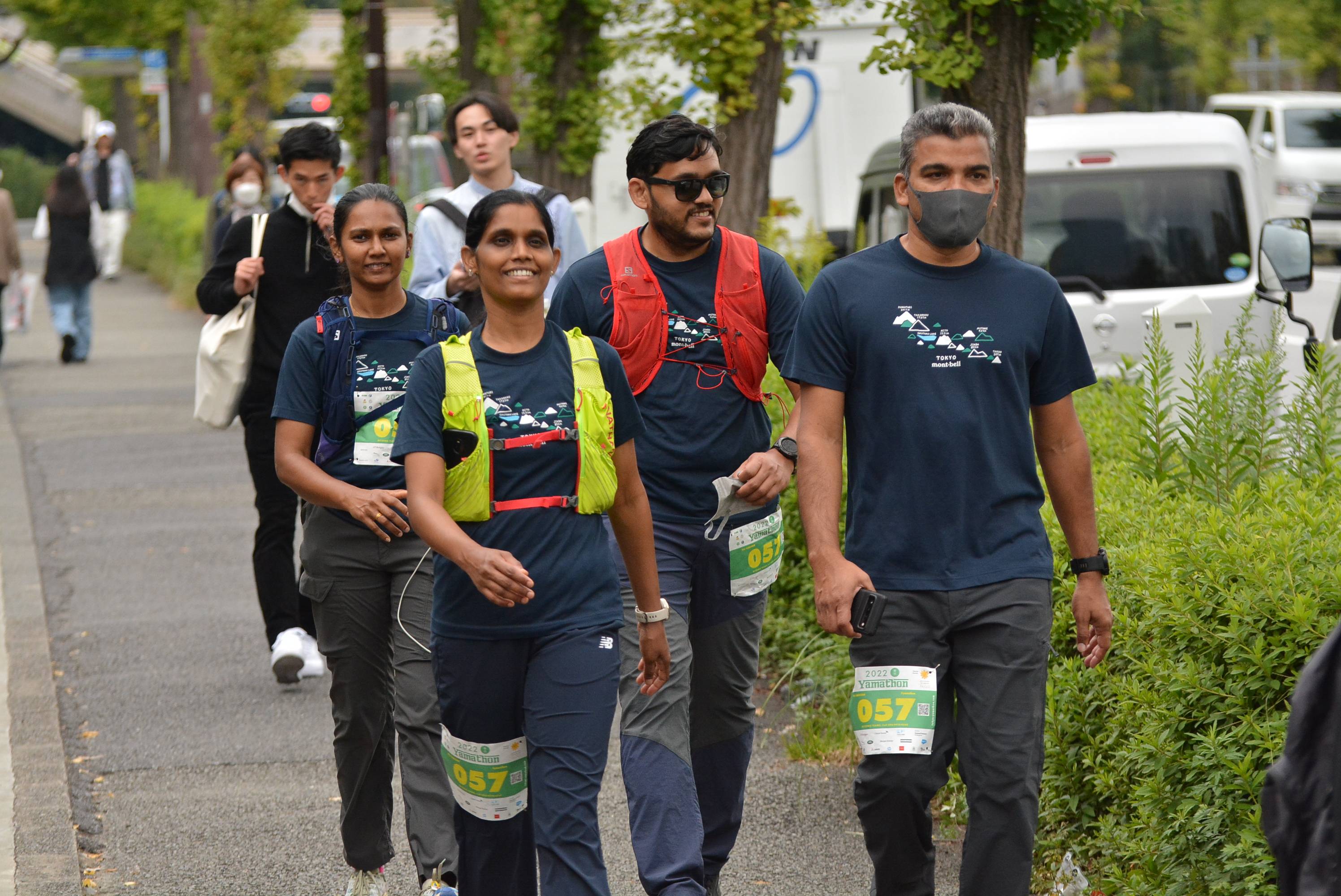It’s an exciting morning. It’s 9 a.m., the weather is drizzly and cool, and clusters of people are just starting to gather around Tokyo Station.
I jump into a massive Land Rover that will taxi members of the media to stations around Tokyo’s central Yamanote railway line. Technically, the vehicle wasn’t built for the narrow streets of the capital — it’s meant for off-roading and luxury safaris. However, we are hunting an elusive game: the “Tokyo Yamathoner.”
Tokyo Yamathon is the brainchild of 38-year-old Briton and long-term Japan resident Joe Pournovin. For the past 12 years, Pournovin and his 10-person team have organized the Yamathon as a joyful, inclusive and community-based event with a charity fundraiser at its core.


















With your current subscription plan you can comment on stories. However, before writing your first comment, please create a display name in the Profile section of your subscriber account page.